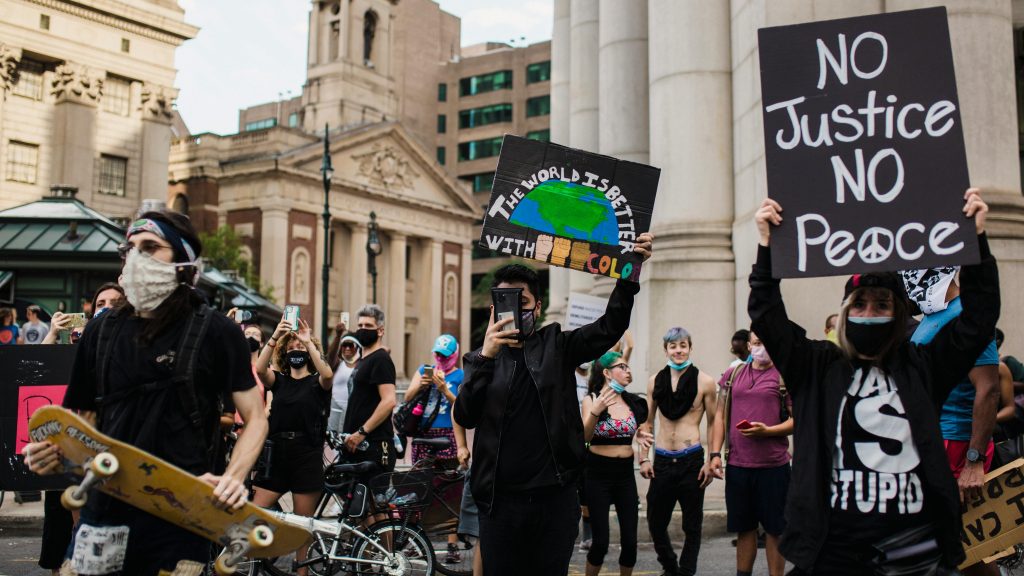Teaching for social justice
Image by Life Matters from Pexels.
In this chapter, we are going to explore teaching and learning strategies and activities that address power, oppression, and privilege context in post-secondary and promote equity, diversity and inclusion.
Earlier you were asked the question if learning spaces are neutral spaces. As you have gone through the module, examples have shown why and how learning spaces are not neutral spaces. However, there are ways instructors can mitigate the imbalances of power.
Pause and reflect
What are some strategies you have done to mediate the inequities in your courses and/or institutions?
Educational scientist Dr. Kumashiro (2020) unearthed the social justice education through four approaches that we will delve into. While you are discerning this discussion, jot down one thing with which you agree, one thing with which you might argue and one thing to which you aspire.
Considering the context of post-secondary institutions in Manitoba, the following four approaches can be implemented:
- Education for the other: Faculty members can conduct an equity audit of their practices to identify which students are thriving and which are struggling. They can then determine what barriers might be preventing certain students from succeeding. This could involve examining policies, assignments and teaching approaches.
- Education about the other: Faculty members should critically reflect on the course content. They should consider whether the information being shared is predominantly Eurocentic and seek opportunities to incorporate diverse perspectives.
- Education critical of othering and privileging: Faculty members can educate themselves about culturally sustaining pedagogies. This approach can help shape and deepen student learning and engagement. It also provides an opportunity to introduce counternarratives into the classroom.
- Education that transforms students and society: Many post-secondary institutions have Diversity, Equity and Inclusion committees. Familiarizing oneself with their work, policies and programs can provide valuable support for both faculty and students. Consider implementing small changes based on their work or contributing your own ideas to their initiatives.
You can download and print out the teaching for social justice strategies checklist while developing and designing a course.


